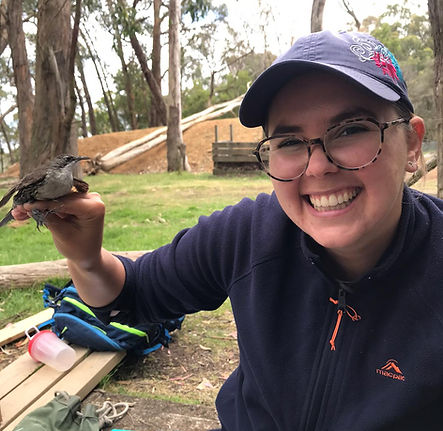About Us
Australian Right Whale research
We are all storytellers. We all live in a network of stories, and this is ours, about the people who connected through whales.
In 1991, scientist Dr Steve Burnell was drawn to the Head of the Great Australian Bight on the Nullarbor Plan in remote South Australia after hearing rumours of whales being seen off the cliffs and beaches. After a successful explorative mission, the long term southern right whale research program was founded and Steve completed his PhD on the population biology of the species. Since 1991. consecutive years of data collection, analysis and research has been conducted creating an incredible, longitudinal dataset.
The Great Australian Bight (GAB) Commonwealth Marine Reserve was established in 1995 due to the work of this study to demonstrate the importance of the area as a primary breeding ground for southern right whales in Australia. The GAB marine park is a world class example of a marine protected area that includes a complete exclusion zone for all other activities to protect whales during their winter breeding season May-October.
"The long term dataset is unique and irreplaceable and becomes more valuable with every year of data added." -
- Project Founder, Dr Steve Burnell
Timeline
IN THE DREAMTIME
From time immemorial the Far West Coast aboriginal people have told dreaming stories of the right whale creator spirit. In particular the Mirning people share deep connection with the whales spanning countless generations and whale migrations to calve at the Bunda cliffs.
19th & 20th CENTURY
Commercial whaling nearly saw the extinction of the species.
1935
Southern right whales are protected from whaling.
1970's
Whales first resighted on the Australian coast. John Bannister's aerial surveys begin from Cape Leeuwin to Albany, WA.
1980's
Catherine Kemper started aerial surveys with John Ling and Pin Needham along the South Australian coast.
1990's
Start of a long term southern right whale monitoring program at the primary calving ground of Head of Bight, SA and off south-east Australia. Western Australian Museum arial surveys extended to include South Australia - Cape Leeuwin WA to Ceduna, SA.
2000's
Long term monitoring through shore based and aerial surveys confirmed an increasing population at the biological maximum rate in South West Australia. Opportunistic surveys off south eastern Australia record low numbers of right whales. Genetics showed different South Western and South Eastern populations. Spatial ecology investigated and aggregation areas defined. Australian data informs IWC Science Committee.
2010's
The primary calving ground at Head of Bight is filling up and the distribution range is expanding in South West Australia. Establishment of the Australasian Right Whale Photo Identification Catalogue. Body condition and health quantified through photogrammetry.
2020's
Vocal repertoire characterised and soundscape of habitat investigated. Long term monitoring continues into its fourth decade. South West Aerial surveys shows slowed rate of population increase. Average calving intervals increase from 3.3 to 4.5 years. Potentially, linked to Climate Change and impact of prey availability in the Southern Ocean. Updates to recovery plan and biologically important areas underway.


Behind the Bino's
Meet the dedicated individuals whose commitment and curiosity continue to drive the research that deepens our understanding of Southern Right Whales and helps shape their future.





.jpeg)










